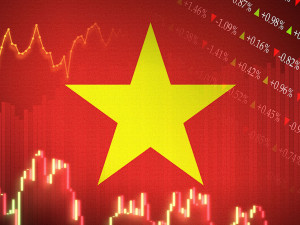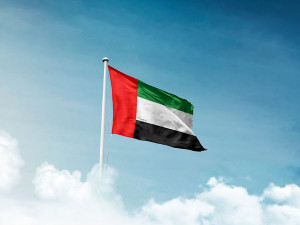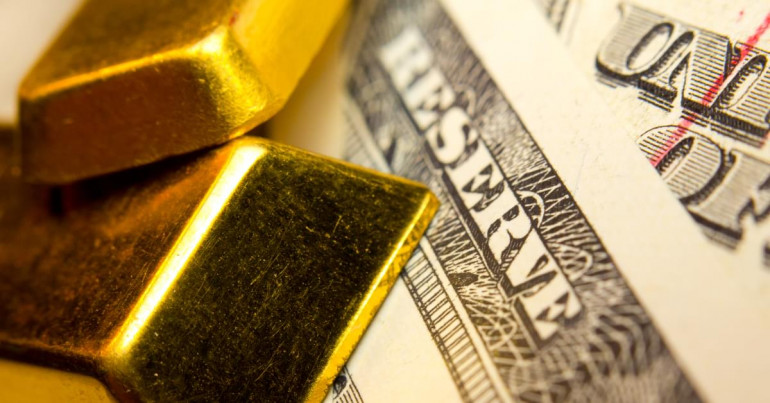
In our previous article, we explored what currency reserves are and how they help promote global trade and economic stability. In this piece, we will be looking at which currencies and assets are the most widely used ones for reserves and which central banks choose to hold what kind of reserves.
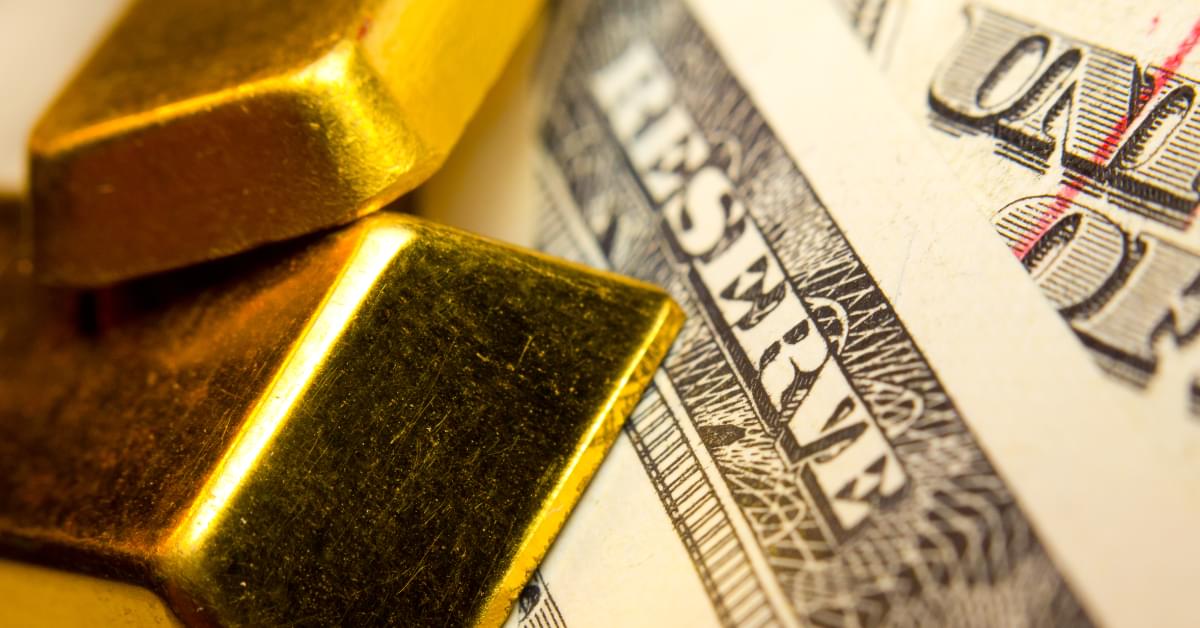
Types of currency reserves
Globally, currency reserves are dominated by a large allocation to US dollars and also precious metals, especially gold. As gold is traded primarily in US dollars, this underlines the de-facto standard of the US dollar as the world reserve currency. However, there is a trend towards increased diversification: central banks aim to include other large global currencies, such as the Euro and the Japanese Yen, as reserve currencies.
Interestingly, the IMF has also recently paved the way to make the Chinese Yuan Renminbi a more widely used option to use as a reserve currency because it has allowed Argentina to repay parts of a loan in Chinese Yuan Renminbi.
Gold
Due to historical reasons, gold is still the central backing asset of global currency issuance. The balance sheet of the Federal Reserve, the central bank of the United States, is still primarily backed by gold, albeit valued at $42.22 per fine troy ounce, which is a fraction of the market price. Hence, gold is still, to a certain degree, backing the US dollar, although not all US dollar issuance but only a tiny fraction when using the prevailing market price of around $2,000 per troy ounce of gold.
Federal Reserve
As of 2023, according to the World Gold Council, the United States holds the largest gold reserves in the world, with a staggering 8,133.46 metric tons (MT) in its central bank; the amount is significantly higher than the next three largest gold-holding countries combined.
European Central Banks
The ECB itself does not hold individual gold reserves. Instead, the reserves are held by its member central banks. If summing up the gold holdings of all European Central banks, both inside the Eurozone and outside, the European continent is the largest holder of gold globally: a total of 11,776.36 metric tons (MT) are held on balance sheets of Western European Countries. The single leading holders are Germany with 3,354.89 tons and Italy with 2,451.8 tons.
Others
Europe and the US are still dwarfing the rest of the world in terms of gold holdings. Although the Russian Central Bank holds more than 2,326 tons of gold and People’s Bank of China, China’s Central bank, holds more than 2,068 tons of bullion, none of the other larger countries outside of Europe hold more than 1,000 tons: Japan (846 tons) and India (794 tons) are the other two larger holders outside of the US and Europe.
US Dollar
Most Central Banks in emerging markets prefer to hold their currency reserves directly in marketable US dollar instruments, probably because it is easier to convert them into needed currency than gold.
East Asia
In East Asia alone, more than US $5.8tn are held as foreign currency reserves in US dollar, making it the biggest trading block globally with exposure to this type of reserve. The leading holder of US dollar denominated reserves is China, with more than US $3.2tn, followed by the Bank of Japan, holding more than US $1.2tn (source: World Gold Council).
Europe
Europe holds its reserves primarily in gold. However, one exception is Switzerland, where the SNB holds more than US $860bn in reserves. The Swiss National Bank (SNB) has in the past undertaken significant investments not only in US Treasuries but also in US dollar denominated stocks, which form part of the currency reserve.
IMF SDR
The IMF Special Drawing Rights (SDR) are a special kind of IOU issued by the IMF. It is a kind of currency of its own account, which is not used as a currency or unit of account as such but functions as an international reserve asset. It is a claim on the diversified basket of international reserves the IMF holds as a supra-national body.
To date, a total of SDR 660.7 billion (equivalent to about US $943 billion) have been allocated.
Insofar, by holding the IMF SDR, central banks can easily diversify their currency reserves to include a global basket of currencies which would also allow exposure to emerging markets such as China and the RMB.
Among the IMF’s ten largest members, four emerging market economies – Brazil, China, India, and Russia – hold significant shares of SDRs, alongside the United States, Japan, and the four largest European countries (France, Germany, Italy, and the United Kingdom).
Other Currencies
Over recent years, the Euro and Japanese Yen have become more important as currency reserves globally. In 2022, the Euro accounted for more than 20% of global currency reserves. Apart from those two currencies, the British Pound and the Chinese Yuan Renminbi also play a role in global currency reserves, albeit a small one: less than $540bn in US dollar equivalent are held in British Pounds and around $288bn in Chinese Yuan, according to the latest data by the IMF.
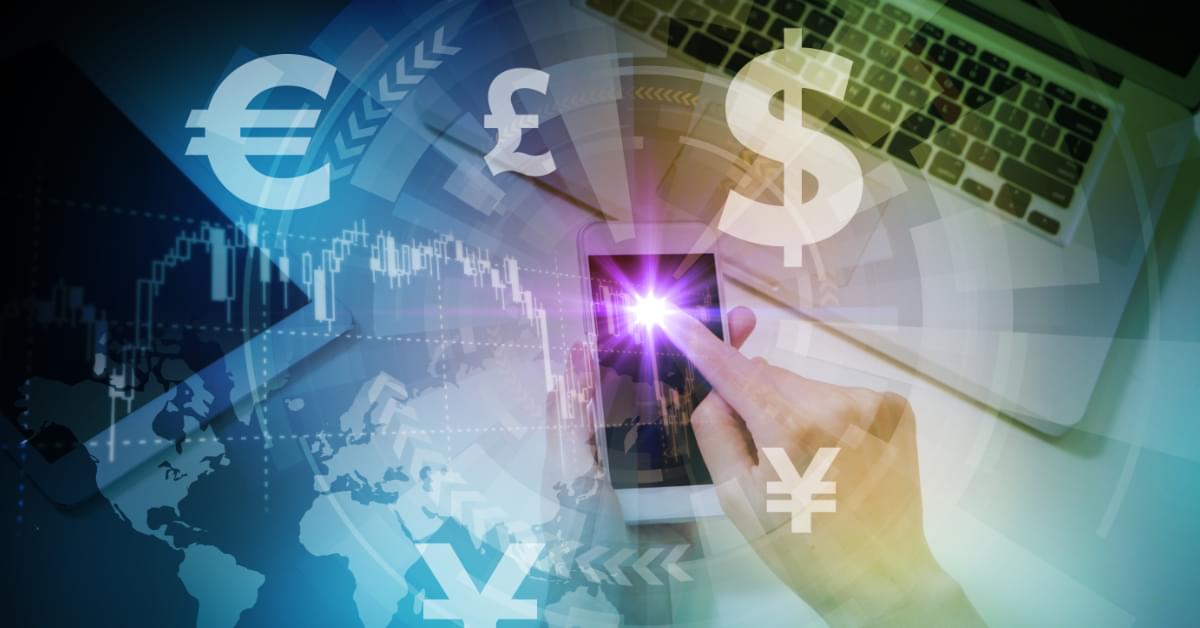
Conclusion
Currency reserves provide important economic stability around the world. US dollars remain the de-facto standard of the world reserve currency, but there is an increasing trend in diversifying into other large global currencies like the Euro, Japanese Yen, and the Chinese Yuan Renminbi.
Gold, still to a certain degree backing the US dollar, is widely used for reserves in Europe and the US, and IMF SDR are a way to diversify currency reserves into a global basket of currencies.
Are you looking to transfer currency efficiently and securely? Sign up at CurrencyTransfer and gain access to a number of FCA-regulated payment partners, providing real-time quotes and secure international transfers in 25+ currencies.
G.C. Wagner
Gustav Christopher is a writer specialising in finance, tech, and sustainability. Over 15 years, he worked in banking, trading and as a FinTech entrepreneur. In addition, he enjoys playing chess, running, and tennis.
